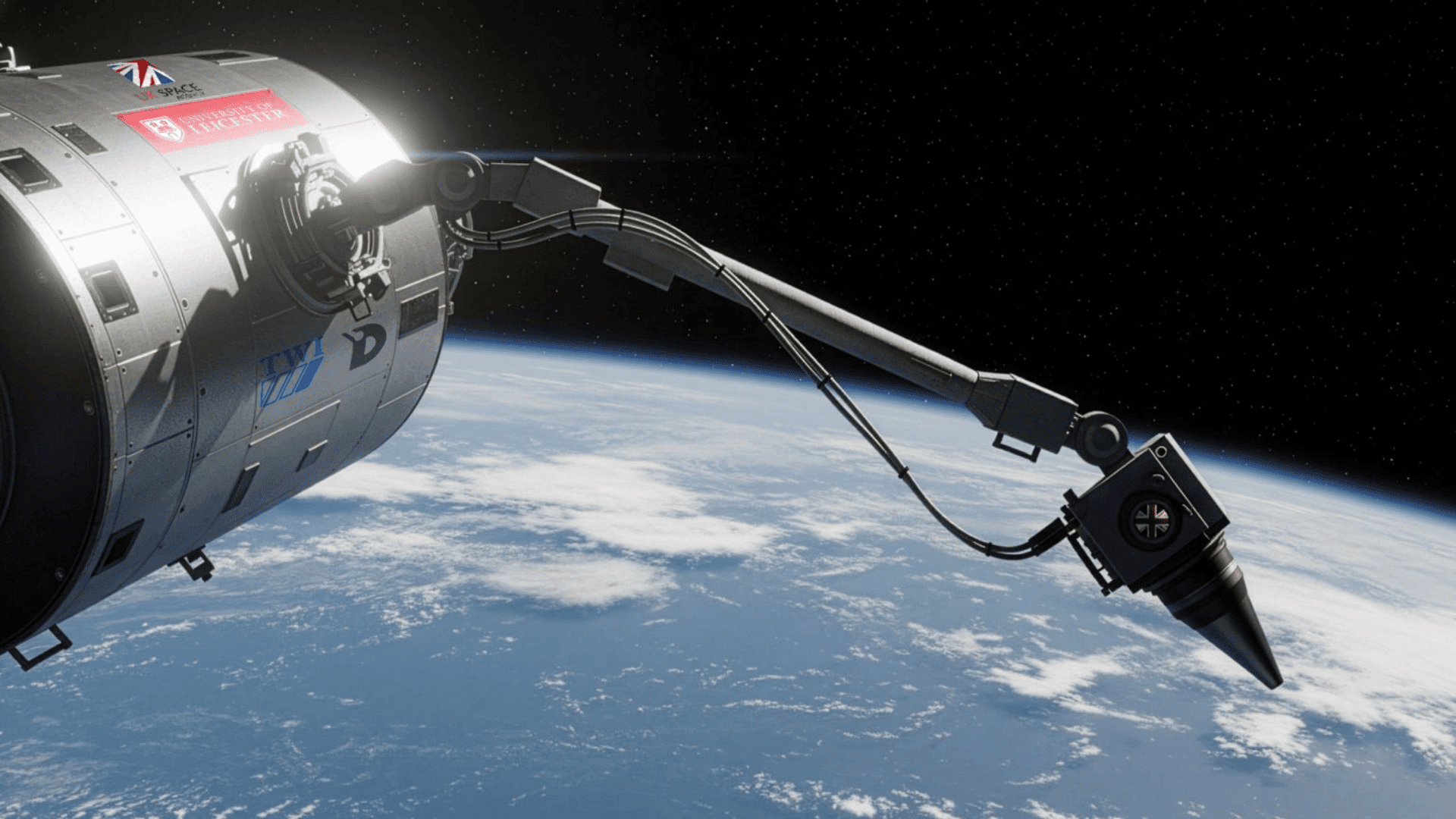Google’s new AI-powered cyclone model shows promise in predicting cyclone size, path, and strength. Researchers shared the model’s capabilities with experts at the National Hurricane Center (NHC) in Miami, Florida. One hurricane specialist even called its performance “potentially revolutionary.”
Revolutionizing Cyclone Forecasting

Traditionally, forecasting models rely on simulating the atmosphere’s physics using supercomputers. However, the new model makes speedy predictions. Google researchers say timely and accurate forecasts are vital to issuing weather warnings. Speed and accuracy are crucial for people preparing and evacuating.
Cyclones are typically more difficult to predict because of their chaotic nature and extreme conditions. With weather generally, small differences and changes in data can result in widely different futures,” said Google DeepMind researcher Ferran Alet. “But the extreme conditions of cyclones make them especially hard to simulate. They’re chaotic systems.”
Previous Google weather models have shown promise but were trained on low-resolution data. Models like GenCast and GraphCast were generally not trusted by forecasters to predict the intensity of a cyclone or hurricane. Researchers addressed this by changing the way their models were trained. For example, the models use both general weather and sparse cyclone-specific data. Additionally, they employ models that produce 50 possible outcomes for a storm in a single step.
A group of “trusted testers” is currently testing the new model. “We’re really co-developing this technology with the people at the NHC who will be using it every day,” Google Research product manager Olivia Graham said. “People in the path of danger depend on it, and we want to ensure we’re providing the best and most relevant information to help them save lives.”
Google is sharing the model’s forecasts with the NHC and hosting it on a new platform called “Weather Lab,” which is also open to the public. According to preliminary internal evaluations, the experimental cyclone model demonstrated “state-of-the-art accuracy” for track and intensity.
Additionally, researchers say the AI model is “skillful” at predicting a cyclone’s size.







